The tomb of Genghis Khan: why they can’t find the last refuge of the great conqueror
Categories: Asia | Culture | History
By Pictolic https://pictolic.com/article/the-tomb-of-genghis-khan-why-they-cant-find-the-last-refuge-of-the-great-conqueror.htmlGenghis Khan was a great warrior and strategist, the founder of the Mongol Empire, whose possessions ran from the southern borders of China to the heart of Europe. His name has inspired awe in even the mightiest rulers of the world for centuries. But even such a powerful ruler one day faces the inevitable - death. And here we are faced with a mystery: where does the legendary Genghis Khan rest?
Why does the search for the last refuge of the legendary Genghis Khan remain fruitless and what does the secret of his burial hide? In this article we dive into history, trying to unravel one of the most intriguing mysteries of the great conqueror.
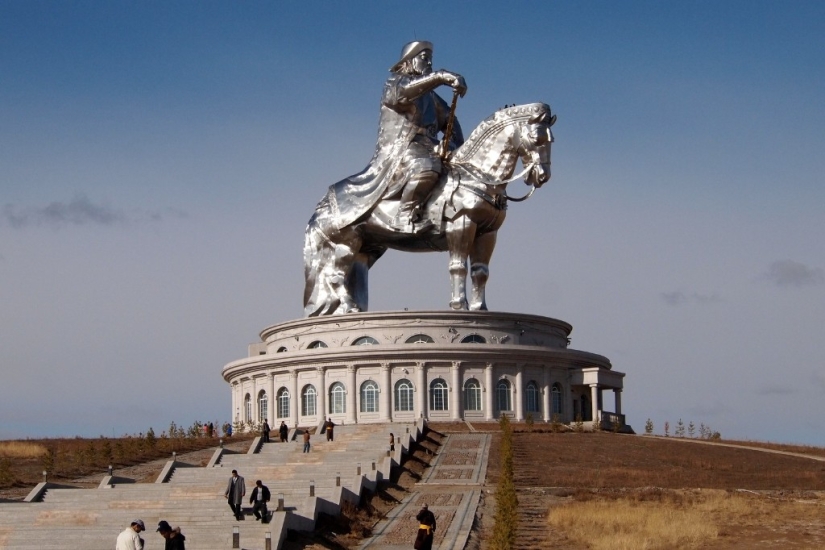
Legend has it that Genghis Khan ordered himself to be buried in a secret place. When the warriors carried his body on its final journey, they killed everyone who crossed their path. When the ruler was buried, a thousand horses were driven through this place, which did not leave even the slightest trace of burial.
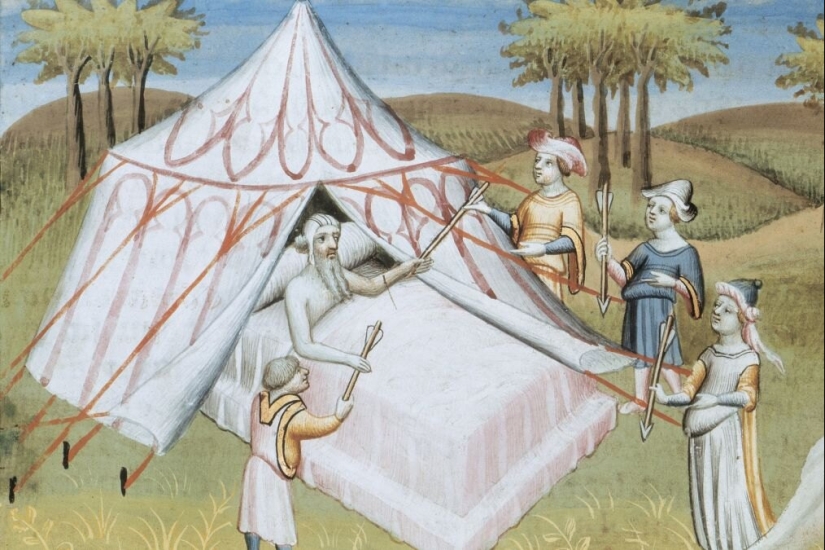
800 years have passed since then and no one has been able to find the conqueror’s grave. It was sought by enthusiasts and treasure hunters, and for the last century by international scientific expeditions. Scientists relied in their searches on ancient texts, landscape studies, and even photographs from space.
It is interesting that all these searches were carried out by foreigners. The Mongols never wanted the tomb of the legendary conqueror to be found. The reason is not at all that the khan is not interesting to the inhabitants of the country. Quite the opposite - in Mongolia there is a real cult of Genghis Khan. His portraits can be seen in the homes of local residents, on banknotes, postage stamps and even on bottles of alcohol. It seems that the khan is as popular now as he was in 1227, when he left this world.
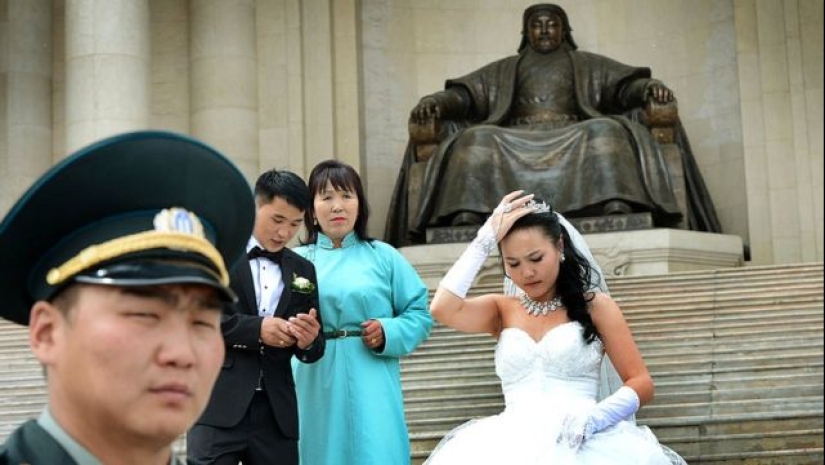
Western journalists came up with a romantic story about this. It seems that the Mongols are afraid that some curse will come true that could plunge the world into chaos. As an example, they cite the study of the grave of another great conqueror - Tamerlane. The 14th-century tomb was opened in 1941 by Soviet archaeologists, and Nazi Germany soon attacked.
But in reality everything is much more prosaic. In Mongolia they have great respect for Genghis Khan and do not want the last will of the great man to be violated. Mongols are proud of their ancient history and are sensitive to everything connected with it. There are many people in the country who claim that they are descendants of the great commander, and his images decorate the walls of apartments, houses and yurts.
Expeditions organized to search for burial sites face serious difficulties. Mongolia is a poorly studied and poorly developed territory. It is 7 times larger than Great Britain, but its road length is only 2 percent of the UK's. The population density is also very low and only Greenland can compete with an Asian country in this regard.
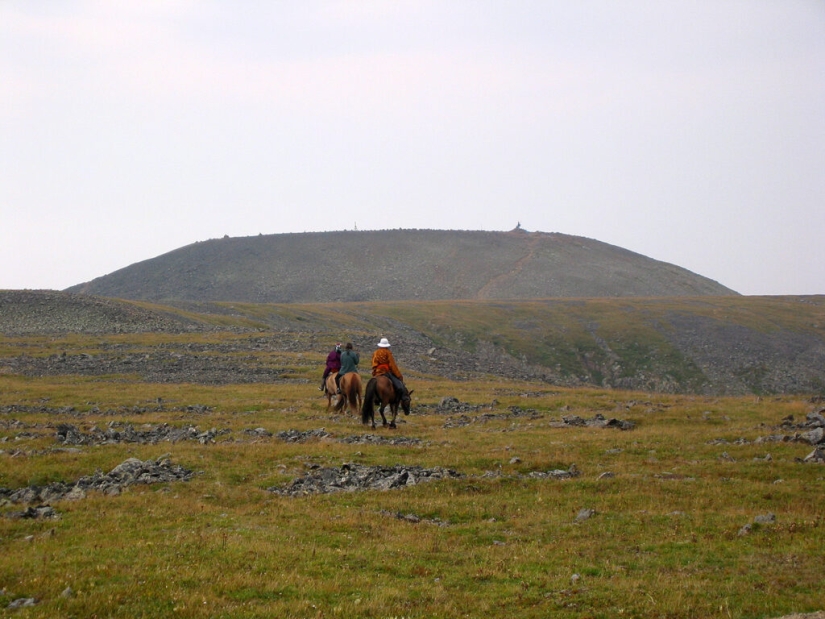
One of the most authoritative experts involved in the search for the grave of the khan is considered to be Dr. Dimazhav Erdenebatar. He heads the archeology department at the University of Ulaanbaatar, the country's capital. This man took part in the Japanese-Mongol expedition searching for the burial place of Genghis Khan.
The expedition was called "Three Rivers". This was due to the fact that the search took place in the Khentii aimag, where three rivers flow - Onon, Kerulen and Tuul. According to legend, Genghis Khan was born in this place, so it would be logical if he ordered himself to be buried here.
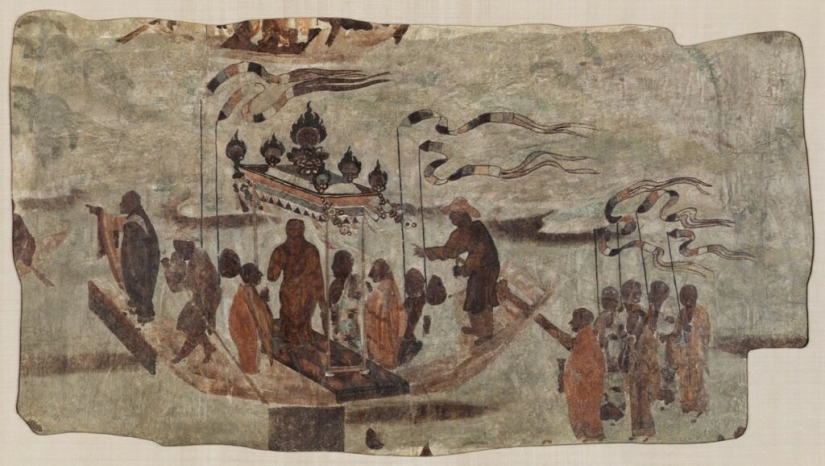
But then the search could not be completed. It was 1990 and the country had just undergone a revolution. The new government decided that the expedition was an encroachment on the memory of a great compatriot and permission to search was revoked. But Dr. Dimazhav Erdenebatar still does not lose hope that the search will one day be crowned with success.
In 2001, the scientist participated in excavations of the cemetery of the royal dynasty of the ancient nomadic Xiongnu people. The work was carried out over several seasons in Central Mongolia. The burials were more than 2 thousand years old. Dimazhav Erdenebatar believes that the Xiongnu were the ancestors of the Mongols. By the way, Genghis Khan himself also adhered to this opinion.
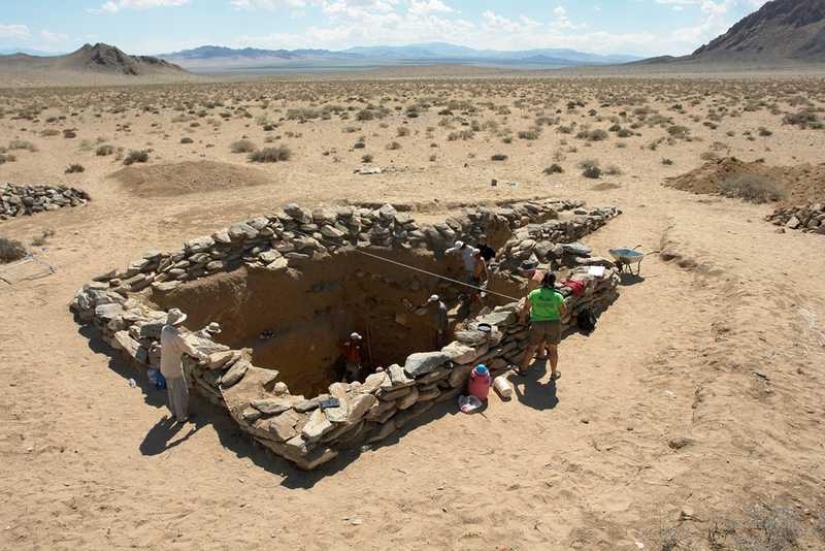
The archaeologist suggests that the burial traditions of the Xiongnu and Mongols of the 13th century may be similar. Therefore, it is possible that the most wanted grave in the world looks exactly like the burials of the Xiongnu kings. These people buried their rulers deep underground, in halls carved at a depth of 20 meters. On the surface, the burial site was marked by a square made of stones.
Unfortunately, the first tomb found by archaeologists was looted. But the following brought many amazing finds. In the underground halls they found glassware brought from Rome, a Chinese ceremonial chariot and many precious items made of stones and metals. Along with the kings and treasures, there were corpses of horses underground. Apparently they were sacrificed during a funeral rite.

Erdenebatar says there is a high probability that Genghis Khan's body also lies in the underground chamber. Most likely, one or more rooms of his tomb were filled with treasures brought from different parts of his empire. But if the khan was buried according to Xiongnu traditions, finding his grave will be incredibly difficult. Try to find an underground hall at a depth of 20 meters in the endless Mongolian steppes. Dimazhav Erdenebatar believes that in this case, the search will continue for more than one generation of scientists before a discovery occurs.
One of the legends says that Genghis Khan is buried on Mount Burkhan-Khaldun. This place is located 160 km from Ulaanbaatar. When the khan was still very young, he hid in those parts from enemies. They say that he certainly wanted to return there after his death.
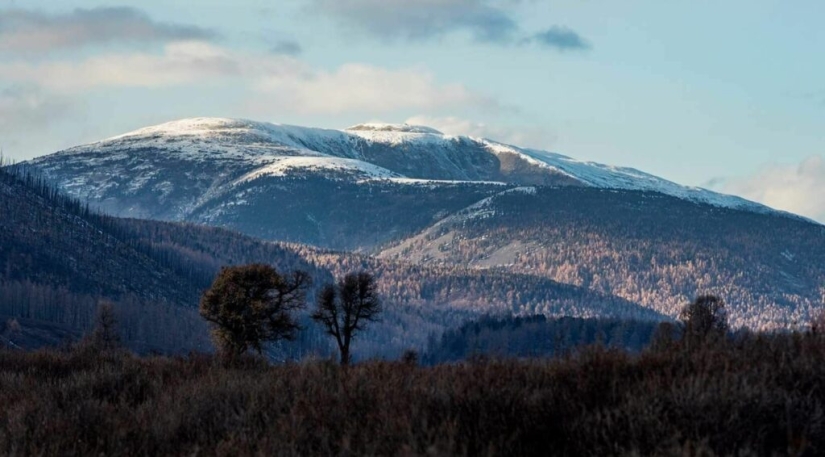
Many scientists are sure that this is where we need to look. Burkhan-Khaldun is a sacred place for the Mongols and the chance that the khan wanted to lie there is quite high. But this is contradicted by the fact that herds of horses were driven through the grave. So you can only cover your tracks on the plain.
There is one more nuance. It turns out that the name Burkhan-Khaldun has been borne by as many as five mountain peaks over the past few centuries. Although most researchers are confident that the “correct” mountain is modern, there is no complete guarantee that this is so. Alas, researchers cannot conduct excavations on the sacred mountain.
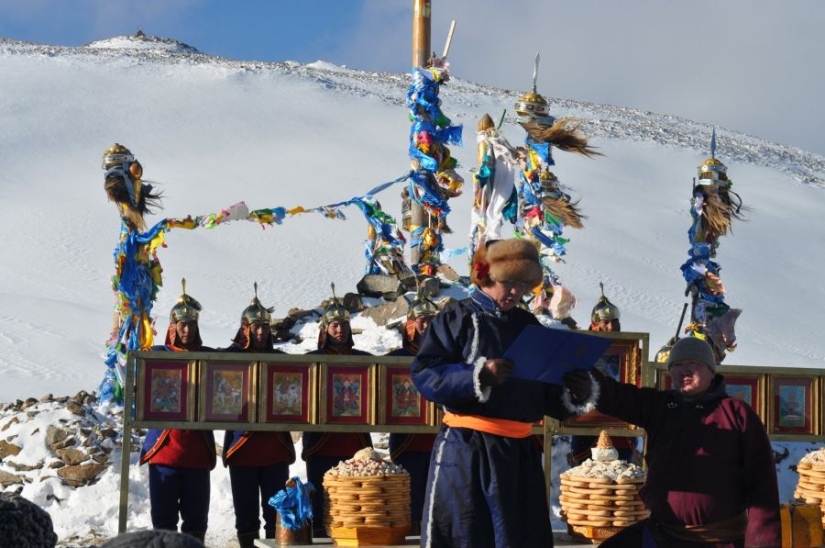
This is a closed area where previously only members of the imperial family could visit. Now it is a strictly protected area of Khan Khentii and a UNESCO World Heritage Site. So searches on the mountain are not yet possible and whether permission will be obtained in the future is unknown.
Recent articles

In the summer, some of our compatriots prefer to fly away from their hometowns. Even those who are afraid to fly. If you are one of ...

The name “Shaolin” is well-known even among those who have little interest in oriental martial arts. However, we know quite ...

Everything is good in moderation — agree, a wise statement and actually a good rule to live by. Especially with regard to ...